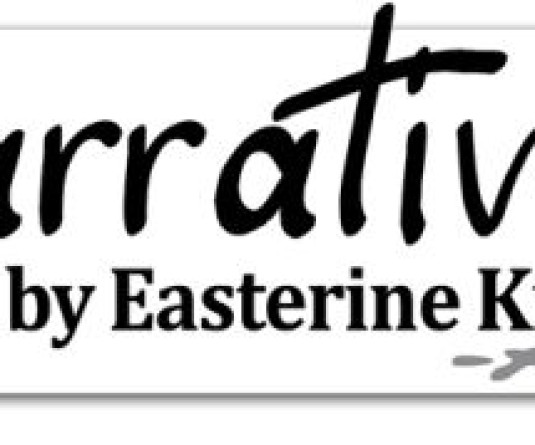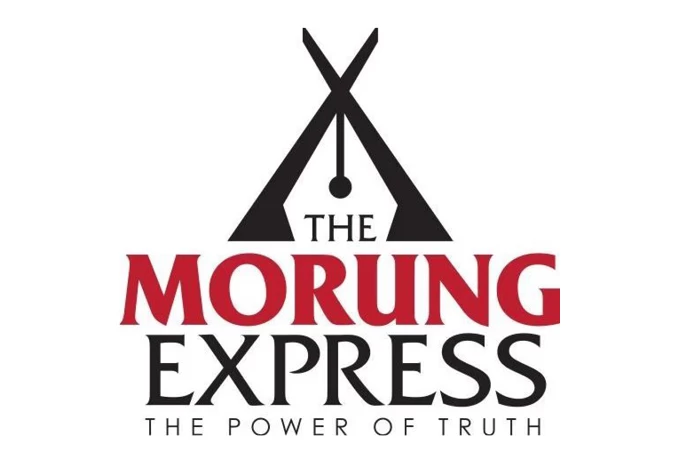
Abraham Lotha
By now the delegates who were at the Fifth Session of the UN Permanent Forum on Indigenous Issues will have reached home and I wonder what might be happening to their lives. Did they take home a message of hope? What difference, if any, does the UN Permanent Forum make to their indigenous communities?
It was enlightening to see many delegates make interventions on the special theme for the Session on redefining the Millennium Development Goals in relation to the indigenous peoples, especially in terms of the right to participate through free prior informed consent, preserving indigenous traditional knowledge and culture for the future, education, and self-determination. At the same time, I could not but help reflect that there were others such as the Masai from Kenya for whom, as Ben Ole Koissaba of the Maa Civil Society Forum said, the MDGs were not only irrelevant and abstract but “another imposition of international agenda.”
Perhaps the core issue that underlines every problem faced by the indigenous peoples is the one of self-determination. The fear of nation states that granting the right of self-determination to indigenous peoples will result in instability and fragmentation is real. Three states, U.S., Australia and New Zealand stated in their intervention that some provisions of the Draft Declaration “could be misrepresented as conferring a unilateral right of self-determination (Article 3) and possible secession upon a specific subset of the national populace, thus threatening the political unity, territorial integrity and indeed the security of existing UN Member States.” These States are not alone in their fear. And whether legitimate or not, the fear of many States is not unfounded.
Political victimization of indigenous peoples as a result of this fear is also real as was illustrated by the case of the man who sat cowered down next to me. “Is anything wrong?” I asked him. “I am trying not to be noticed by the representative of my government because I am afraid I may be persecuted when I return home.”
Apparently, members from that country who attended the UNPFII last year were alleged to have been taken to task by their government upon reaching home and are banned from foreign travel.
But there were also positive stories such as those of the Sami people from Norway and the Metis from Canada who had made commendable progress in self-determination. At the UNPFII session, the Samis and Metis exuded a relaxed, gracious and victorious spirit.
The present status of the Working Group on Indigenous Populations is not certain unless the new Human Rights Council approves it. Hopefully, the new Human Rights Council will adopt the Draft Declaration on Indigenous Peoples Rights during its first meeting on June 19th. Ironically, during the time that the indigenous peoples were demanding that the adoption of the Draft Declaration by the Human Rights Council and the General Assembly be expedited as soon as possible, the people of Montenegro decided, through a referendum, to secede from Serbia according to a plan backed by the European Union. Such developments fuel questions raised by indigenou peoples about why certain people are allowed to secede while others are not. It remains to be seen as to who is directing the agenda(s) and orientation of the UNPFII.
How does all these relate to the Nagas? Atina Gangmei representing the Rongmei Naga Women Organisation (Rongmei Luc Phuam) from Assam, Manipur and Nagaland, spoke out against atrocities upon Naga women by state sponsored military forces and armed militants and the need to contain them. When it comes to redefining the Millennium Development Goals in relation to indigenous peoples, Nagas, especially in Nagaland, are at an envious position of having the right and the opportunity to plan and implement the Development Goals in a way that best suits them. The question is: Do we have any development goals at all? How can we develop a global partnership for development (MDG 8) if we do not even have roads? Malaria kills many Nagas every year. Is there any goal by the Nagaland government to eradicate (MDG 6) this killer disease? Development for the Nagas should start from the Nagas and not from the UN.
Finally, self-determination is what Naga nationalists (underground and civilians) dream about as a saving mantra. Incidentally, during the UNPFII sessions in New York, the peace-talks between the Indian government and the NSCN (IM) were going on in Amsterdam. But, if self-determination for the Nagas means the NSCN (IM) and NSCN (K) must continue to fight and kill each other in order to dominate sections of Naga territories and tribes (reminding one of scenes of armed gangs in Somalia and Ethiopia), then we seriously ought to redefine our notion and method of self-determination.






